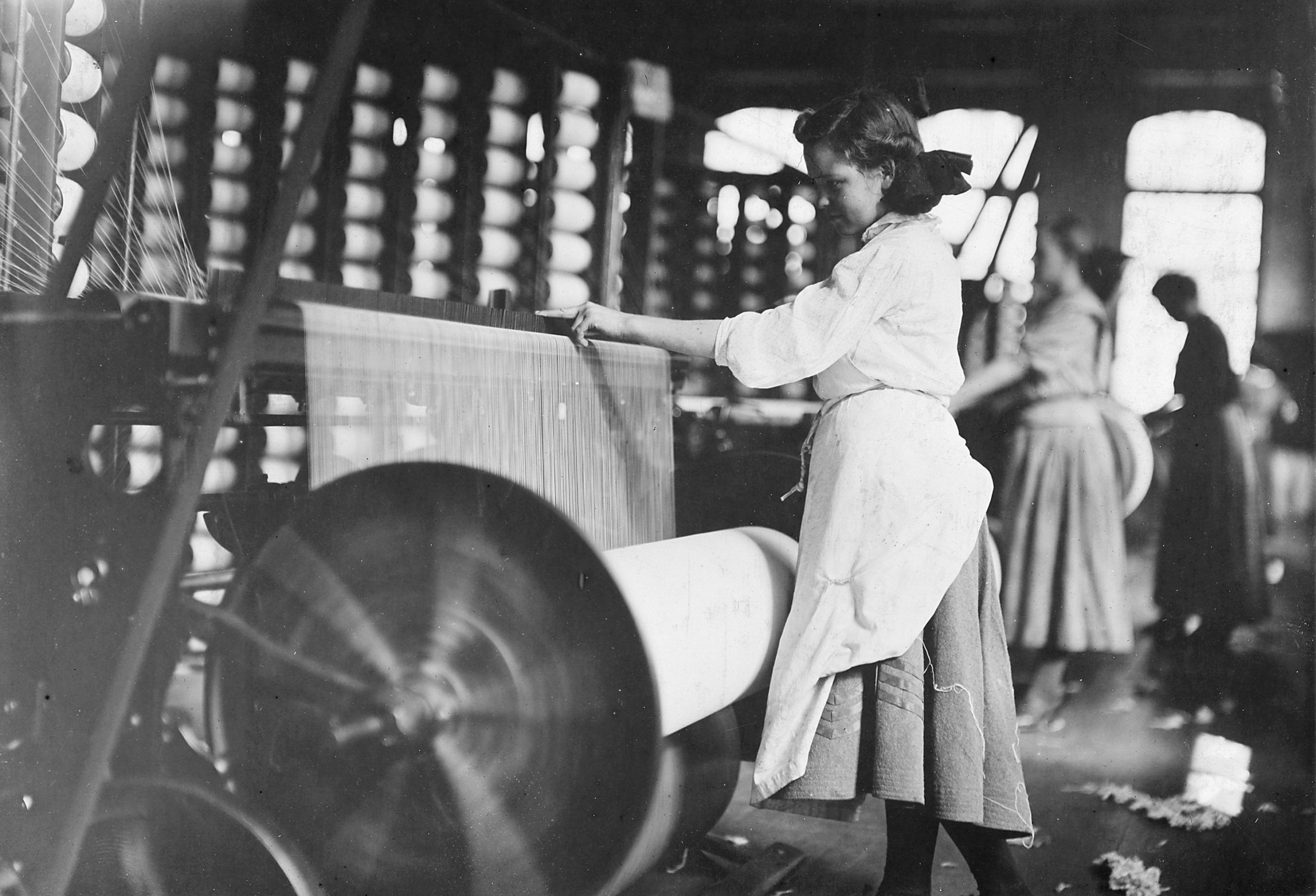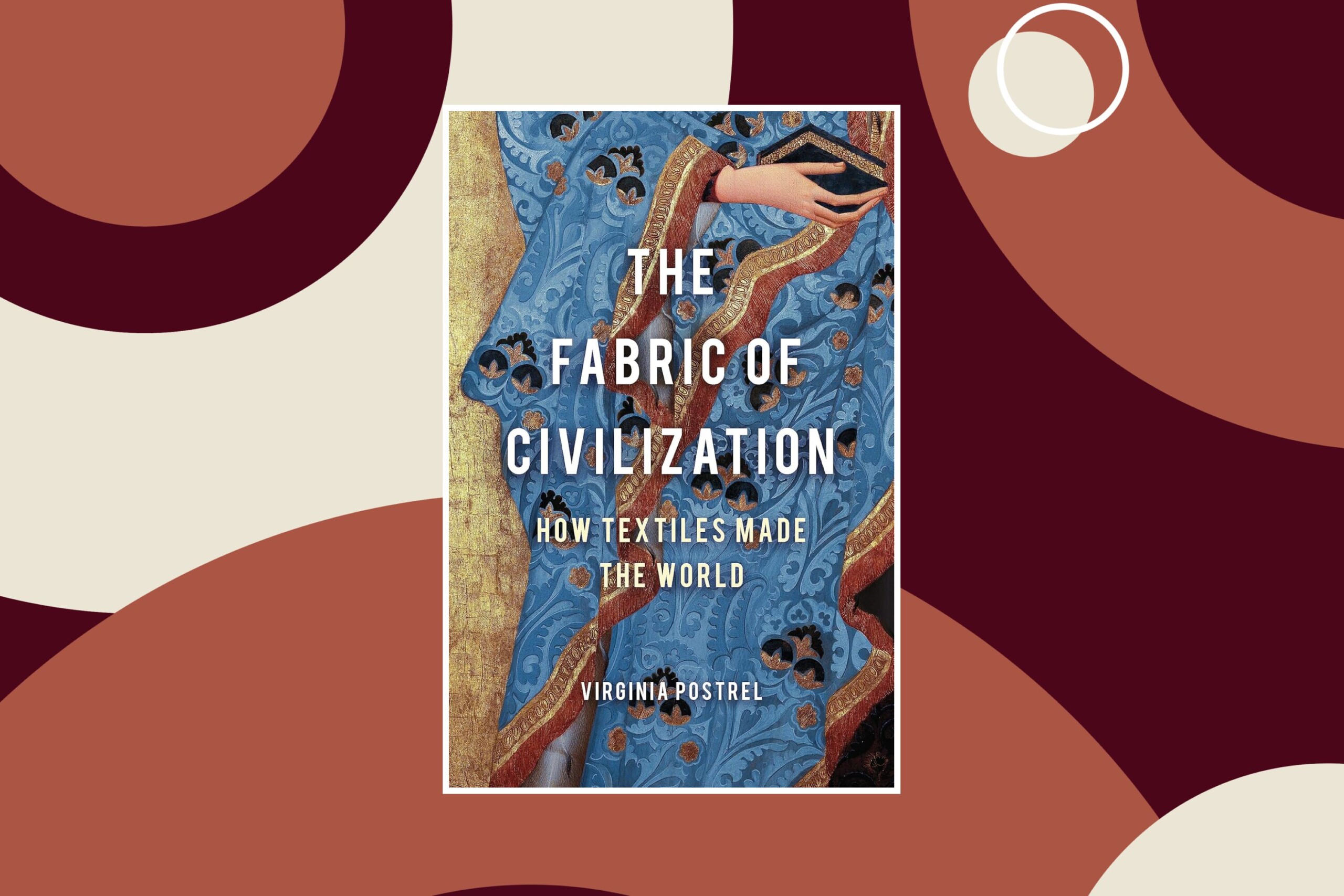Factories producing Ivanka Trump-brand clothing have recently drawn “sweatshop” accusations. Of course, the United States had its own sweatshops once, often with worse conditions than factories in poor countries today.
Those who imagine Industrial Revolution factory work in the United States as a dark and oppressive moment in history might benefit from reading the words of those who lived through it. “Farm to Factory: Women’s Letters, 1830-1860,” published by Columbia University Press, provides a collection of first-hand accounts revealing a more nuanced reality.
The letters do indeed reveal abject misery, but much of that misery comes from nineteenth-century farm life. To many women, factory work was an escape from this backbreaking agricultural labor. Consider this excerpt from a letter a young woman on a New Hampshire farm wrote to her urban factory-worker sister in 1845. (The spelling and punctuation are modernized for readability.)
Between my housework and dairying, spinning, weaving and raking hay I find but little time to write … This morning I fainted away and had to lie on the shed floor fifteen or twenty minutes for any comfort before I could get to bed. And to pay for it tomorrow I have got to wash [the laundry], churn [butter], bake [bread] and make a cheese and go … blackberrying [blackberry-picking].
By contrast, cities often offered somewhat better living standards. Far more women sought factory work than there were factory jobs available.
A closer look at the letters in the book reveals the incredibly varied lives of the “factory girls.” Consider the life of Delia Page. With a substantial inheritance, she was never in need of money. But at age 18, Delia decided to move away from her rural home and work in a factory in New Hampshire. She did that despite the dangers of factory work. A mill in nearby Massachusetts collapsed in a fire that killed 88 people and seriously injured more than 100 others. Delia’s foster family wrote to her about the tragedy and their fears for her wellbeing. But she defiantly continued factory work for several years.
What led well-to-do Delia to seek out factory work in spite of the danger and long hours? The answer is social independence. In their letters, her foster family repeatedly urges her to break off what they saw as an indecent affair with a scandal-ridden man, implores her to attend church and subtly suggests she come home. But by working in a factory, Delia was free to live on her own terms. To her, that was worth it.
The unique story of Emeline Larcom also emerges from the letters. Emeline’s background could not have been more different from Delia’s. Her father died at sea, and her mother, widowed with twelve children, struggled to support the family. Emeline and three of her sisters found gainful employment at a factory and sent money home to support their mother and other siblings. Emeline, the oldest of the four Larcom factory girls, essentially raised the other three. One of them, Lucy, went on to become a noted poet, professor, and an abolitionist against slavery. Her own memoirs cast mill work in a positive light.
Of the diverse personalities captured in the letters, only one openly despises her work in the mill. Mary Paul was a restless spirit. She moved from town to town, sometimes working in factories, sometimes trying her hand at other forms of employment such as tailoring, but never staying anywhere for long. She loathed factory work, but it enabled her to save up enough money to pursue her dream: buying entry into a Utopian agricultural community that operated on proto-socialist principles.
She enjoyed living at the “North American Phalanx” and working only three hours a day—while it lasted. But as with all such communities, it ran into money problems, exacerbated by a barn fire, and she had to leave. She eventually settled down, married a shopkeeper, and—her letters seem to hint—became involved in the early “temperance” movement to ban alcohol (another ultimately ill-fated venture).
Delia, Emeline, and Mary provide a glimpse of the different ways that factory work affected women during the Industrial Revolution. Wealthy Delia gained the social independence she sought and Emeline was able to support her family. Even Mary, who detested factories, was ultimately only able to chase her (ill-advised) dream through factory work.
Although the Industrial Revolution is commonly vilified, it was an important first step toward increasing women’s socioeconomic mobility and ultimately brought about prosperity unimaginable in the pre-industrial world. The pace of industrial economic development may even be speeding up. In South Korea, Taiwan, Hong Kong, and Singapore, the process of moving from sweatshops to First World living standards took less than two generations as opposed to a century in the United States.
Today, across the developing world, factory work continues to serve as a path out of poverty and an escape from agricultural drudgery, with particular benefits for women seeking economic independence. In China, many women move on from factories to white-collar careers or start their own small businesses. Very few choose to return to subsistence farming.
In poorer Bangladesh, factory work has increased women’s educational attainment while lowering rates of child marriage. The country’s garment industry has also softened the norm of purdah or seclusion that traditionally prevented women from working or even walking outside unaccompanied by a male guardian.
Women factory workers are often thought of as “undifferentiated, homogenous, faceless and voiceless” passive victims, but even a cursory examination of their words and lives reveals unique individuals with agency. Today, just as in the nineteenth century, industrialization not only spurs economic development and reduces poverty, but also expands women’s options.
This first appeared in The Federalist.



